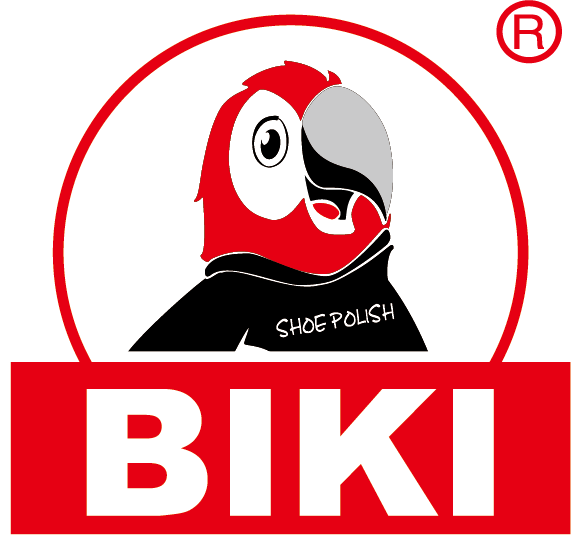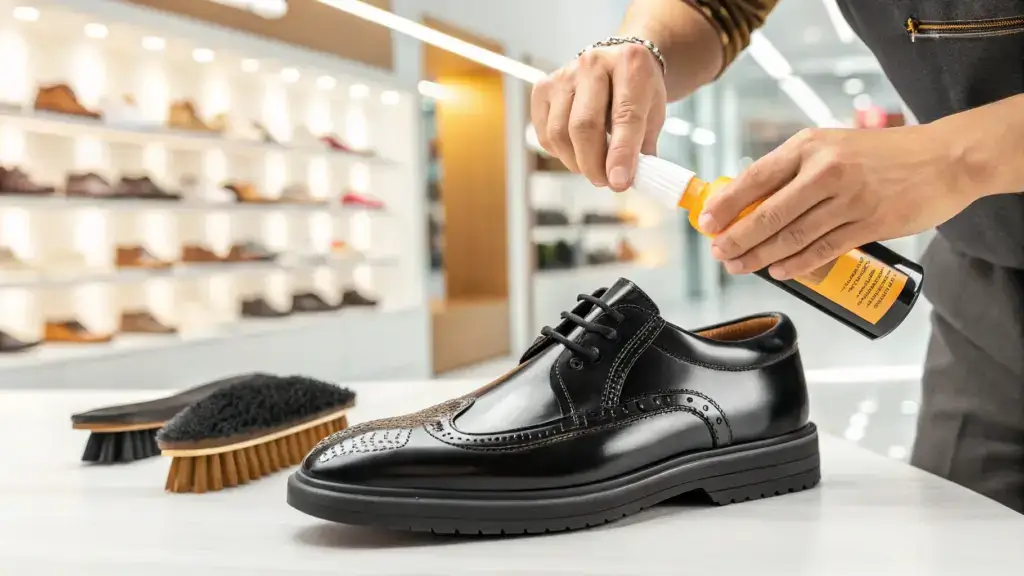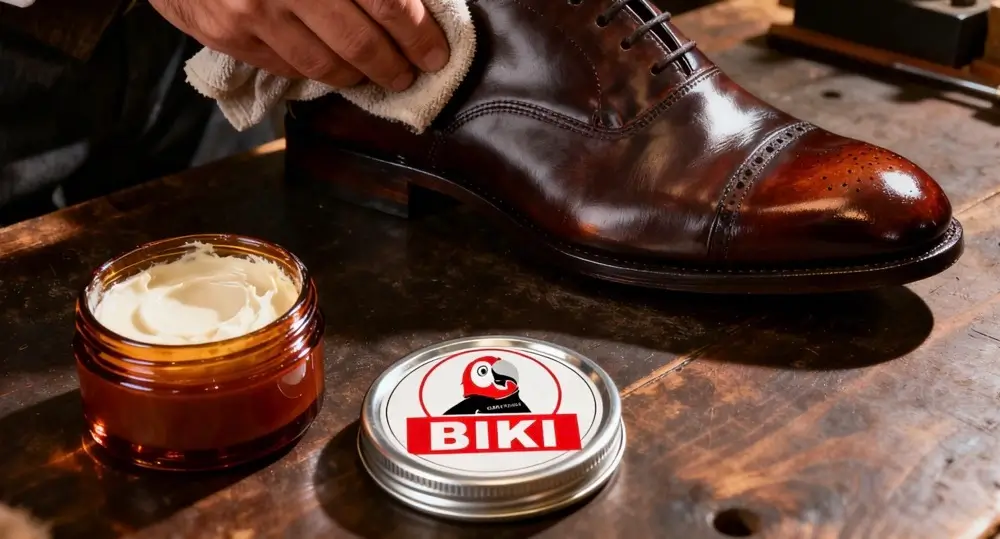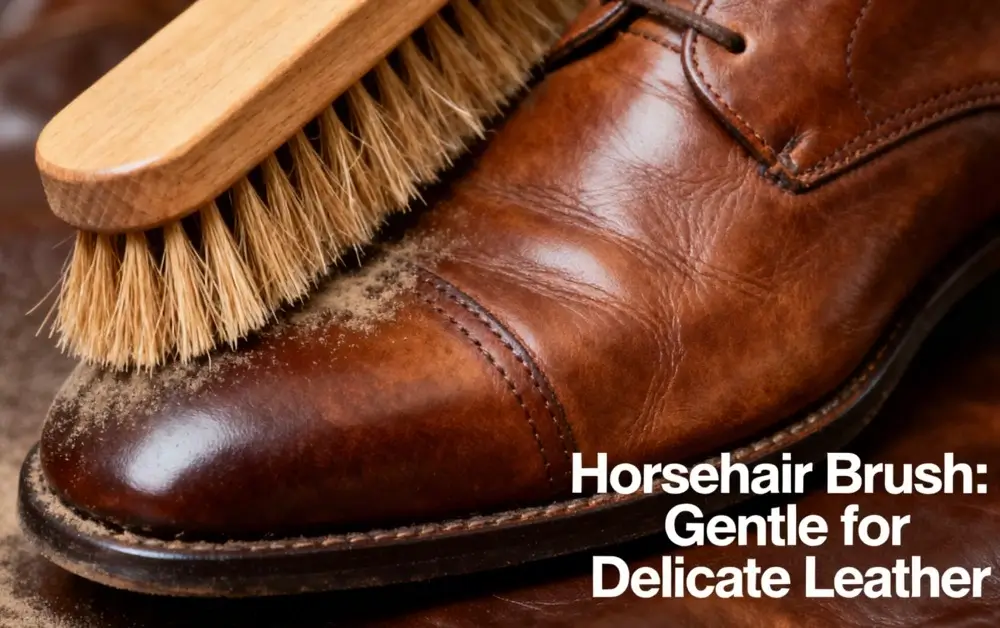Many people look for a single, secret shoe polish formula. We’ve seen that successful shoe care brands aren’t built on one recipe. They’re built on understanding how formulas work.
This article will change how you think about polish. We’ll move away from simple shoe polish ingredient lists. Instead, we’ll show you a more useful “functional component” model. Any shoe polish chemical formula has these three key components: the wax foundation, the solvent and oil system, and the color system.
Part 1: The Wax Foundation—Structure, Protection, and Shine
The Skeleton of Hard Wax
Hard wax is the main ingredient in any good shoe polish paste. This group has the best carnauba wax. It makes things harder than anything else, which is what gives things that mirror-like shine.
People often call carnauba “the queen of waxes” when they talk about it. When buffed, its structure makes it shine like crazy.
But carnauba has a big issue. It’s too fragile on its own and could break off the leather. Studies show that carnauba wax helps give structure, but it needs help.
The Soft Wax Buffer
This is where softer waxes, like beeswax and candelilla wax, come in handy. They are the flexible tissue in the formula.
Their main job is to make the polish more flexible and help it stick to leather. They stop the hard carnauba layer from breaking when the shoes bend. Experts know that beeswax is an important part of a stable wax blend.
You can tell the difference. When you polish with only hard wax, it feels like glass and breaks easily. Adding beeswax makes the texture smoother and easier to spread in thin layers for a better shine.
The Art of the Blend
It’s not the ingredients that make a good wax shoe polish formula. It’s about how they get along. The most important thing is the ratio of hard wax to soft wax.
This ratio controls the balance between a bright shine and long-lasting, flexible protection. Where art and science meet is when you get it right. A quick look at the differences between the waxes shows what each one does.
| Wax Type | Primary Function | Result in Polish |
| Carnauba Wax | Hardness, High Gloss | Provides the mirror shine potential. |
| Beeswax | Flexibility, Nourishment, Adhesion | Prevents cracking, helps polish stick. |
| Paraffin Wax | Bulk, Water Resistance (Lower Cost) | Often used in budget formulas; less shine. |
| Montan Wax | Hardness, Gloss (Carnauba Alt.) | A mineral-based alternative to carnauba. |
Part 2: The Solvent & Oil System – Delivery and Nourishment
The Delivery Vehicle
At room temperature, waxes are solid. It is the solvent’s job to turn them into a paste, cream, or liquid that can be used. This makes it easy to put them on leather.
The speed at which the solvent dries is very important. If it dries too fast, the wax doesn’t have time to smooth out, which makes it look dull. The polish stays sticky for too long if it dries too slowly.
Turpentine is used in old-fashioned formulas. It dries in a medium amount of time and smells like pine, which many people think is a sign of quality. People often choose newer, less smelly options like naphtha or mineral spirits to save money and get the job done faster.
A lot of things, like shoe polish cream, are made with water-based mixtures. These need an emulsifier to mix waxes and oils with water. This is a low-chemical option that some brands have used to make water-based polishes.
Nourishing the Leather
The solvent is only for a short time. It leaves behind waxes and important oils as it dries.
Oils like lanolin or mink oil soak into the leather and make it softer. This keeps it soft and stops it from breaking. This is what sets wax-heavy pastes (for shine) apart from oil-rich creams (for nourishment).
Choosing the right solvent system is a strategic decision for any brand that has to balance performance, user experience, and cost.
| Solvent Type | Application Feel & Scent | Drying Speed | Target User/Product |
| Turpentine | “Classic” strong pine scent | Moderate | Traditionalists, high-end paste polishes |
| Naphtha/Spirits | Low to moderate odor | Fast to Moderate | Modern formulas, cost-conscious brands |
| Water (Emulsion) | Very low odor | Varies | “Eco-friendly” lines, shoe creams |
Part 3: The Color System – The Art of Restoration
Dyes for Staining
The color system tells you how good and how much a polish costs. Dyes and pigments are the two main types of colorants.
The dyes mix with the solvent and soak into the leather fibers, coloring them from the inside out. Dyes can make colors very dark, but they can also change the leather’s original color for good. Dyes of lower quality may bleed or fade unevenly over time and don’t cover scratches well.
Pigments for Covering
Pigments are the best choice for high-quality, restorative polishes. These are small, solid bits of color that sit on top of the leather. Their main benefit is that they can hide scuffs, scratches, and discoloration without leaving a permanent stain on the leather. This is an important part of making a real restorative shoe polish cream. The pigment’s quality is very important. To get a smooth finish, it needs to be ground very fine. One of the biggest improvements from cheap polish to professional-grade polish is the switch from basic dyes to high-quality, micro-fine pigments, which are very important for color.
Conclusion: A Great Formula is Only Half the Battle
Just getting to know these three parts is the first step. You now understand how it works: a balanced wax blend for shine, a smart solvent and oil system for application and nourishment, and a good pigment system for restoration.
But this information makes me think of an important question. How do you know that the 10,000th tin of your product is just like the first?
This is the problem with making things. To get the right mix, you need good mixing tools. To get the right texture, it needs to be mixed and cooled at the right temperature.
Getting consistent raw materials also requires good supply chain management. This is what keeps well-known brands safe. This is where a simple shoe polish recipe turns into a real product that can be sold.
The Biki Advantage: Making the Best Shoe Polish
Biki Shoe Care has already taken advantage of this. We don’t just give you a formula; we also give you a production solution that is stable, reliable, and can grow with your business.
Let us take care of the hard chemistry and making things. You can concentrate on what you do best: making a great brand. To find out more about our private label shoe care products, get in touch with Biki.






